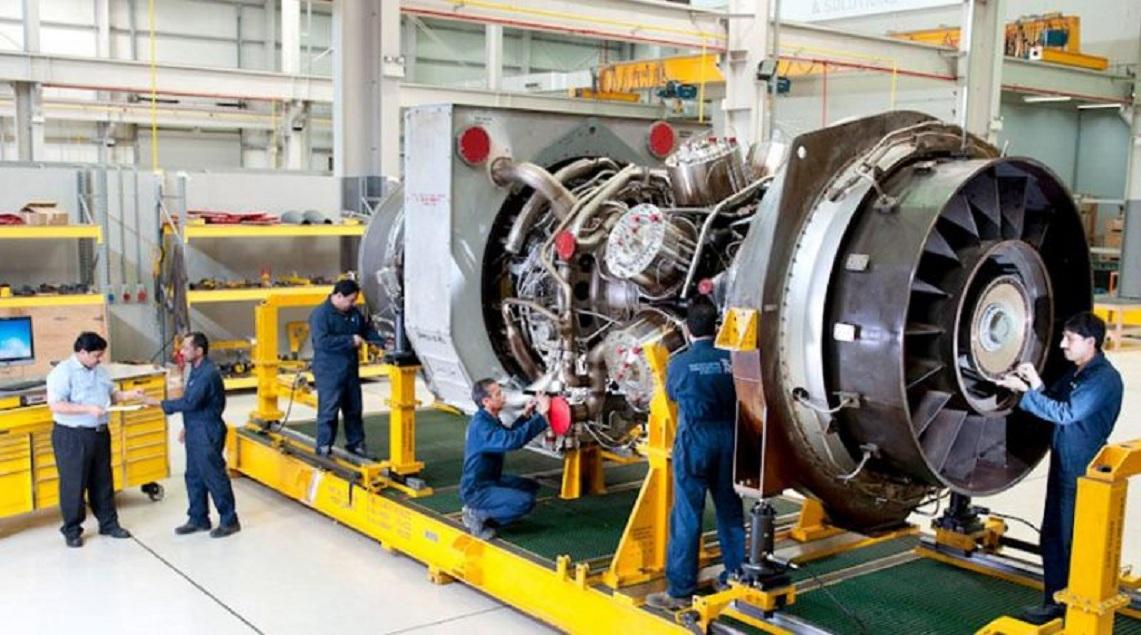Precision Maintenance: The Crucial Role of Gas Turbine MRO in Power Sector Resilience

The gas turbine has emerged as one of the most crucial components in power generation over the past few decades. As gas turbines play an increasingly important role in providing reliable electricity, maintenance, repair and overhaul (MRO) has become a major area of focus for power sector companies. This article examines the current state and future outlook of gas turbine MRO in the power industry.
Importance of Gas Turbines
They offer advantages over traditional steam turbines in terms of faster start-up times, lower capital costs and the ability to use different types of fuels. With growing electricity demand and the need for more diversified fuel sources, the number of gas turbines installed globally has grown considerably. According to industry estimates, over 50,000 heavy-duty gas turbines are currently in operation worldwide to generate electricity. As more gas-fired power plants are built to integrate renewable energy into the grid, the population of gas turbines will continue expanding rapidly in the coming decades.
Rising MRO Spending
As gas turbines age, maintenance needs increase substantially to maximize performance and minimize unexpected outages. Component degradation, material defects and operational wear-and-tear require timely repairs and overhauls. The large installed base of aging gas turbines has led power producers to devote greater resources towards MRO activities. It is estimated that global spending on gas turbine MRO services for power generation will surpass $20 billion annually by 2025. Original equipment manufacturers (OEMs) have expanded their MRO offerings to capture this growing maintenance market. Third-party MRO service providers have also strengthened their capabilities and targeted long-term service agreements with utilities.
Focus on Lifetime Extension
Modern gas turbines are engineered to operate reliably for over 30 years with periodic overhauls. However, many utilities want to extend the working life of their assets beyond the typical design lifetime through component life extension programs. This requires more advanced repair techniques, custom upgrades and condition monitoring technologies. OEMs are offering customized engine hot section solutions and prognostics-based monitoring systems to help customers optimize asset performance and life. Third-party service centers have made huge investments in repair capabilities like welding, coatings restoration and 3D printing to support lifetime extension overhauls. Lifetime assessment remains a key area of research to guide maintenance planning for aging gas turbines well into the future.
Rise of Digital Solutions
Advanced digital technologies are revolutionizing gas turbine MRO practices. The proliferation of IIoT sensors and automated data collection platforms has enabled real-time remote monitoring of engine parameters. Predictive maintenance tools analyzed turbine operational data to detect early signs of deterioration and schedule condition-based overhauls. Digital twin simulations are used to virtually test proposed repairs before implementation. Virtual inspection technologies like drones and augmented reality reduce the need for time-consuming manual inspections. Artificial intelligence will play a bigger role in developing customized digital twin models for individual gas turbines. Overall, digitalization is helping drive gains in asset availability, reliability and reducing MRO lifecycle costs.
Outlook
As the power sector continues transitioning towards flexible and lower-carbon sources of electricity, gas turbines will remain indispensable in ensuring energy security. This will sustain the long-term demand for specialized maintenance support. Gas turbine MRO services are expected to evolve into highly integrated digital solutions centered around predictive analytics, remote monitoring and automated repairs. Emerging technologies such as 3D printing, robotics and AI offer promising applications for improving reliability while reducing O&M costs over the asset's lifetime. Power producers are increasingly selecting long-term maintenance partnerships with both OEMs and independent service providers to optimize the performance of their gas turbine fleets. With its strategic importance and potential for innovation, gas turbine MRO will remain a major growth area in the global power industry for years to come.
In summary, gas turbine MRO activities represent a sizable and rapidly growing segment within the power sector. As the population of gas turbines expands globally to meet rising electricity demand, maintenance needs will increase substantially. OEMs and third-party service providers are enhancing their service offerings to support lifetime extension goals through advanced repair techniques and digital solutions. Looking ahead, gas turbine MRO practices will evolve further with new technologies centered on predictive analytics, remote monitoring, automation and virtual inspections. This will help lower costs and maximize the performance of gas turbine fleets over their long operational lives.
For more Insights, Read –
https://www.insightprobing.com/gas-turbine-mro-trends-size-and-share-analysis/
- Art
- Causes
- Crafts
- Dance
- Drinks
- Film
- Fitness
- Food
- Games
- Gardening
- Health
- Home
- Literature
- Music
- Networking
- Other
- Party
- Religion
- Shopping
- Sports
- Theater
- Wellness
- IT, Cloud, Software and Technology


